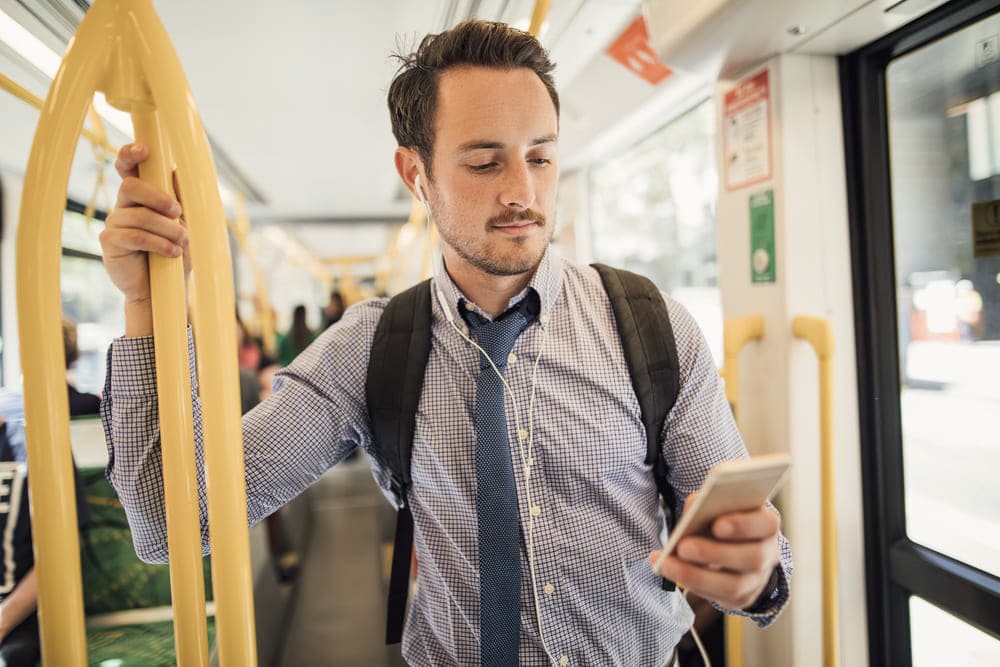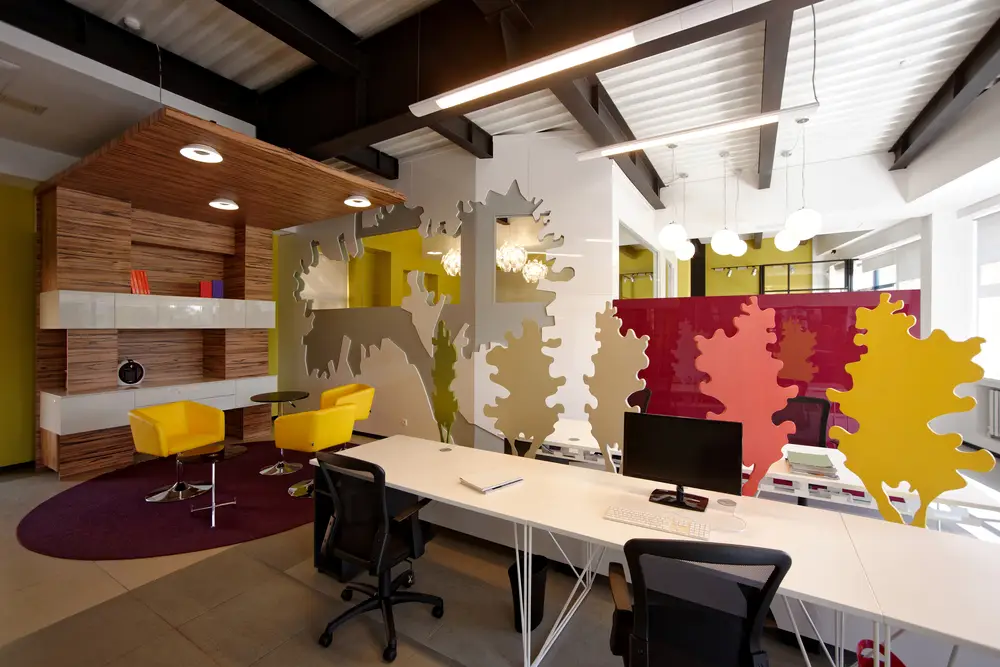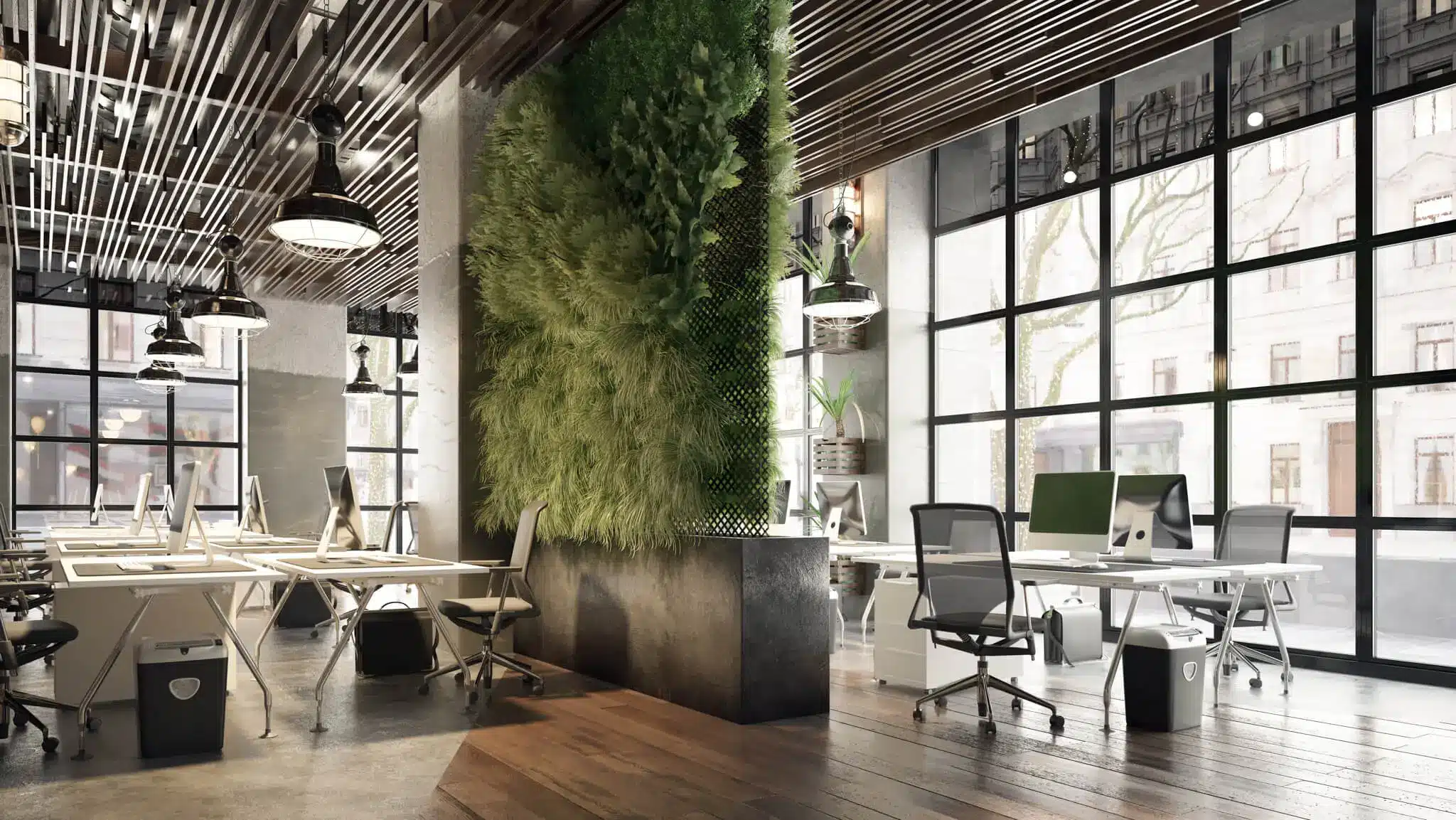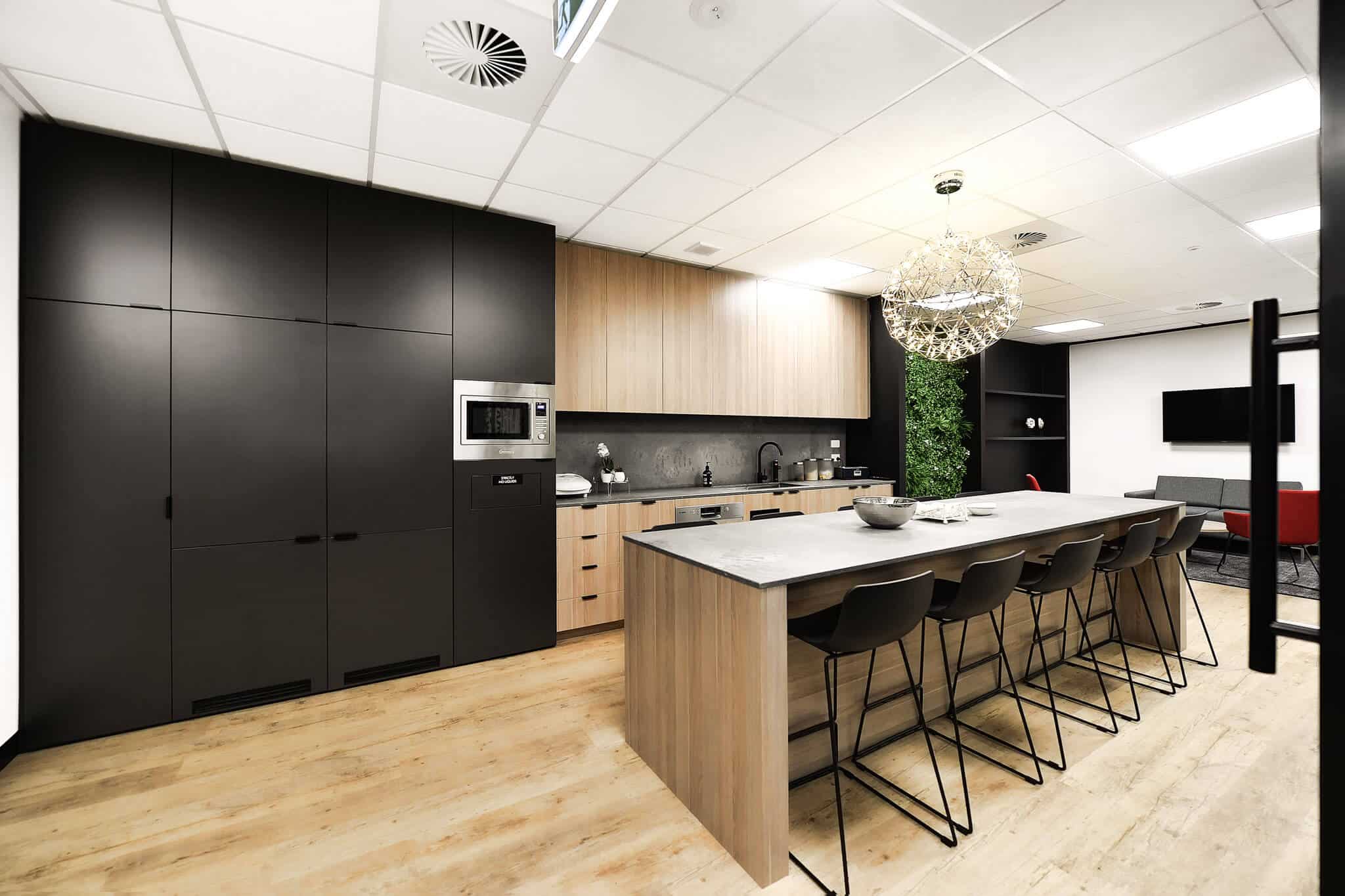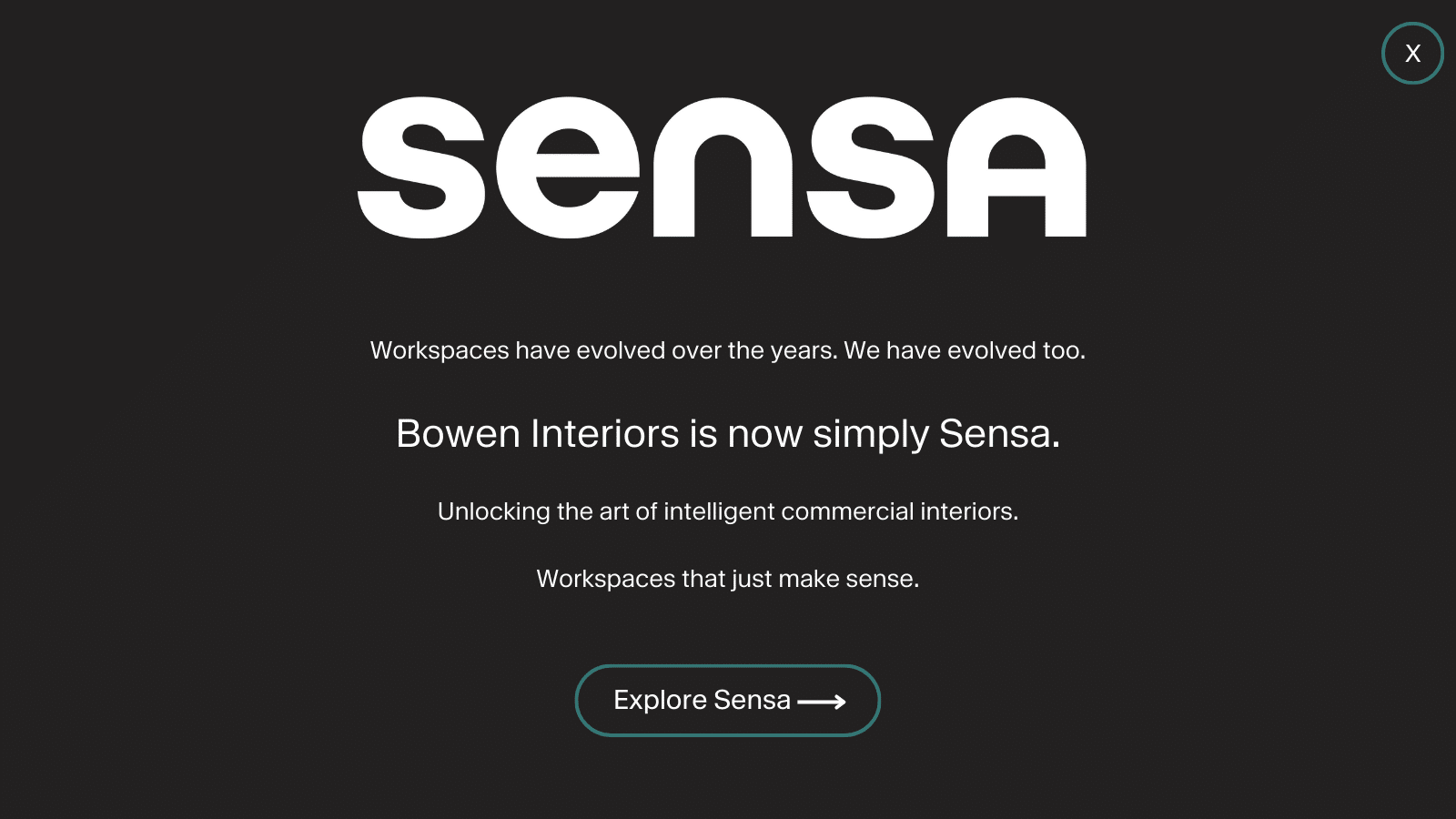What is a destination workplace?
There was a time, not so long ago, when the workplace status quo was an aching sense that we were not so much being paid for our skills and services, as for literally having the life sucked out of us. Those of us born to generation X or the first half of generation Y were born and raised to grin and bear it in sterile, thankless spaces – but we started to change. The internet happened, social media happened, and the rest is history.
Times have transformed, global is the game, and generation Z and the workforce of the future are all too aware of greener pastures beyond. When unimpressed, generation Z won’t give you the time of day, it will simply gather its gear and go. In fact, as one of Randstad’s longest-running and most extensive studies suggests, 50% of generation X, 55% of generation Y and 56% of generation Z will quit their job in a heartbeat if it hinders their personal growth and happiness.
But what are these greener pastures we speak of? These are destination workplaces. As we know, marketing has always been a competition, it has always been about the loudest voice, the lowest price, and leading the way. Well, job marketing is a winners’ game too, and progressive employers are leading the way by creating spaces that prioritise employee culture, engagement, upliftment and downright joy – by competing to attract and retain the world’s top talent.
Why is a destination workplace important?
Workers excel, innovate, and accelerate not just when they’re stress free, but when they feel that they have more to lose than a steady paycheck. The truth is, a paycheck feels like a bonus on top of a stimulating environment, creative inspiration, physical wellness, comfort, camaraderie, and a sense of worth and belonging. And when employees feel like the workplace is part of the reward, they start to do miraculous things.
When you establish a collaborative, creative culture and combat stress with innovative design, sustainable practice, wellness facilities and diverse, enriching spaces, you are offering quality of life. Destination workplaces are people-centric, flexible office environments that literally make workers want to do better because they have more to lose. Destination workplaces don’t just offer money, they offer happiness, and people move mountains for the things that they love.
Destination workplaces matter because the workforce of now and the future is that much more willing to take their services elsewhere. Employee turnover is a costly affair and employee despondency is worse. Destination workplaces are appealing spaces that challenge the idea that work is a grind. As fixed workers become restless, and remote and hybrid workers start to miss the bustle and beat, building a destination workplace is going to boost your bottom line.

What are the benefits of a destination workplace?
1. Improved employee engagement
Now that remote and hybrid working arrangements have all but normalised, many are pining after the unique sense of experience, the wealth of interpersonal connection, the benefit of amenities and the motivating spark that are the hallmarks of a destination workplace. In light of generation Z and the ‘great resignation’, your fixed employees may be pining after the same.
Destination workplaces harness enthusiasm, instilling pride and passion in employees that shines through in heightened engagement. Employees don’t want to watch the clock, they want to be engaged – so engage them with tactile, textural, and tuned-in design. Destination workplace design is an expression of the value you place on your workers, and that value should be immense.
Vibrant spaces that cater not only to different personalities, but to different tasks and work styles, different moods, and different aspects of professional and personal wellbeing, are all powerful drivers of workplace engagement.
2. Increased productivity
Destination workplaces make workers feel validated. When workers see that you are considerate of their time and committed to their personal goals, they commit themselves to you, and that means giving you the most of their time, hour after hour. When the employee-employer relationship becomes mutual, worker productivity soars.
By offering workers the freedom to move around and adapt their daily routine to their personal needs within a diverse, innovative and flexible space, you minimise stress and fatigue. By providing them with the facilities, features and amenities they need not only to streamline their tasks but to make them feel satisfied and supported, you optimise the hours they spend working for you.
3. Improved collaboration
In the age of hybrid working, autonomous workers see their destination workspaces as gathering places where they have the opportunity to bounce ideas off each other and collaborate, harnessing the human connection to muster their creativity and drive. Destination workplaces facilitate this collaboration, understanding that by furnishing quality interactions, we create a whole that is greater than the sum of its parts.
When a whole is greater than the sum of its parts, it’s no longer about getting the work done, it’s about what comes next. By nurturing environments that prioritise mutual trust and respect, communication, accountability, autonomy, assertiveness, and coordination, we maximise the potential for high-quality interpersonal exchanges. When you have people that lighten each other’s loads and build each other up – well, that’s when the magic happens.
4. Elevated creativity and innovation
Attracting the best talent is about more than just capturing the finest specimens so that you can train them to do as they’re told. Human beings have more to give than just meeting the brief. When teams become collaborative, and when individuals start to thrive in their workspace, they have the potential to give you myriads more than your money’s worth.
When it comes to generating ideas, innovating solutions, and literally changing the rulebooks for the better, empowered employees can mean the difference between researching your thesis from a bookshelf encyclopedia versus researching it on the internet. To quote Steve Jobs, “It doesn’t make sense to hire smart people and tell them what to do; we hire smart people so they can tell us what to do.”
It helps to see individual workers as chemical elements. If you facilitate the right range of states, interactions and combinations, those elements can literally make you the world.
5. Improves culture
Destination workplaces create a culture of workplace promotion. When workers feel empowered, they promote their brand from within and without, influencing fellow workers to do more, and influencing potential workers to make the move.
It starts with clear ‘career pathing’ and generous employee development options, as studies have shown that as many as 70% of workers will consider quitting if they don’t see opportunities for career growth.
When people feel they’re here to stay, they start to treat the workplace as a second home, driving a supportive culture where individuals are willing to take educated risks and make meaningful, productive connections with each other.
6. Attract and retain the best talent
When you start to create positive associations with work and the workplace in the minds of your workers, you’re succeeding in creating a destination workplace. Workers start to talk, they post to social media and promote your brand in conversation, and they feel proud to show people where and how they work – and suddenly you don’t need to seek out top talent; top talent comes to you.
When you understand that smart people care about sustainability, inclusivity, autonomy, personal and professional growth, business ethics, physical wellness, collaborative culture, and non-conventional design, you can create a space where employees don’t come and stay because they have to – they do it because they want to. That is a destination workplace.

How to create a destination workplace
1. Allocate spaces
Space allocation, or space planning, utilises innovative design concepts and creative methodology to maximise the efficiency of office layouts. Seeing every unused space as an opportunity to cater to a different work style, task type, development need or aspect of wellbeing is a great way to build a destination workplace.
For most businesses, the idea is to transform your space in increments, adding features for growth and diversification without costly overhaul or relocation.
2. Create more engaging spaces
Customisable furnishings, ergonomic features and changeable spaces mean that workers can streamline their workflow, lower their stress levels and keep themselves engaged. And it’s not about creating a lavish space that’s magazine ready but ill-defined.
Don’t be minimalist, it goes against the nature of your average human and feels sterile, but don’t clutter the space and overwhelm the senses. Moderate visual appeal is key – you want to look at it and smile, but you should be able to look away and work just as well.
Workers need to be both energised and organised, and that’s about more than just visual appeal, it’s about functional ergonomics, managed dynamics and considerate, playful components that don’t distract us for hours but rather enrich us like a breath of fresh air.
3. Inclusive workplaces
Inclusive workplaces don’t just accommodate workers with special needs, they make special people (and that means everybody) feel valued, considered, and lucky to be where they are. We all have unique needs, and we are all diverse in our backgrounds, opinions, gender identities, races, cultures, perspectives and physicalities.
You can’t be expected to create a space for every worker, but what you can do is make workers feel respected, empowered, and involved by considering these hallmarks of inclusive design:
- Design that caters to people with varying abilities.
- Design that’s customisable to preference and ability.
- Design that’s legible, intuitive and user-friendly.
- Tolerant design that doesn’t pose risks when misused.
- Streamlining design that’s ergonomic and requires minimal effort to customise and use.
- Design that caters to all body types, agility levels and postural needs.
4. Smart offices
Smart offices live up to their names by integrating hardware and software tools into the environment to streamline processes and make workplaces more productive. They harness technology to minimize effort and make it easy for workers either to set up and customise spaces for their purpose, or to decide which areas are best equipped for their unique tasks and work modalities at any given time.
Smart offices incorporate collaborative hardware and software, space analytics and management tools, smart desks and furnishings, intelligent lighting and climate control, and a range of innovative technologies to boost employee experience and maximise workforce efficiency.
The watchword here is ‘optimisation’ and the reward is all the fruit of workplace collaboration and employee focus. Just remember, the idea is to optimise processes through technology, and not to complicate them.
5. Put sustainability first
Studies have found that a staggering 90% of generation Z are making changes in their daily lives in order to live more sustainably, with 54% of generation Z, and 50% of generation Y, willing to pay 10% more for sustainably sourced and packaged products. The same is true for workplaces
A recent IBM study looked at 16000 workers from 10 countries, examining consumer and employee opinions on sustainability. A staggering 68% of respondents reported that they are more willing to accept jobs in companies known for sustainable practices. Of respondents who’d changed jobs in the past year, no less than one in three said that they had accepted a lower salary in order to work for sustainable or socially responsible companies.
In the face of a global social, environmental and climate crisis, these figures will only rise, so incorporating sustainability into your workplace design, your corporate culture and your organisational goals is an essential key to creating a destination workplace in 2022 and beyond.
6. Wellness
Supportive workplace culture, collaborative spaces, adaptive design and comprehensive ergonomics will all have a marked impact on the physical wellbeing and mental health of your workers. But there’s more to it than that, natural light, actual plants, tactile, textural fabrics and natural materials can promote interaction with one’s surroundings and boost one’s sense of physical health and wellness.
Stress-reducing features, silent zones, accessible hygiene solutions, appealing spots for breaks, and facilities for regular movement and daily physical exercise are all key components of a destination workplace.
Experts recommend that sedentary workers mobilise once every 30 minutes or risk serious health consequences down the line, so creating options for productive movement are a great way to keep your workers in great physical shape, mental shape and professional shape.

Ready to create an inspiring office space where your people and business thrive?
Whether your office planning is for a redesign of a current office space or office relocation, we can assist you every step of the way.
Contact us today to discuss your workspace design and office space planning needs. We’re here to help you create, inspire and thrive!
